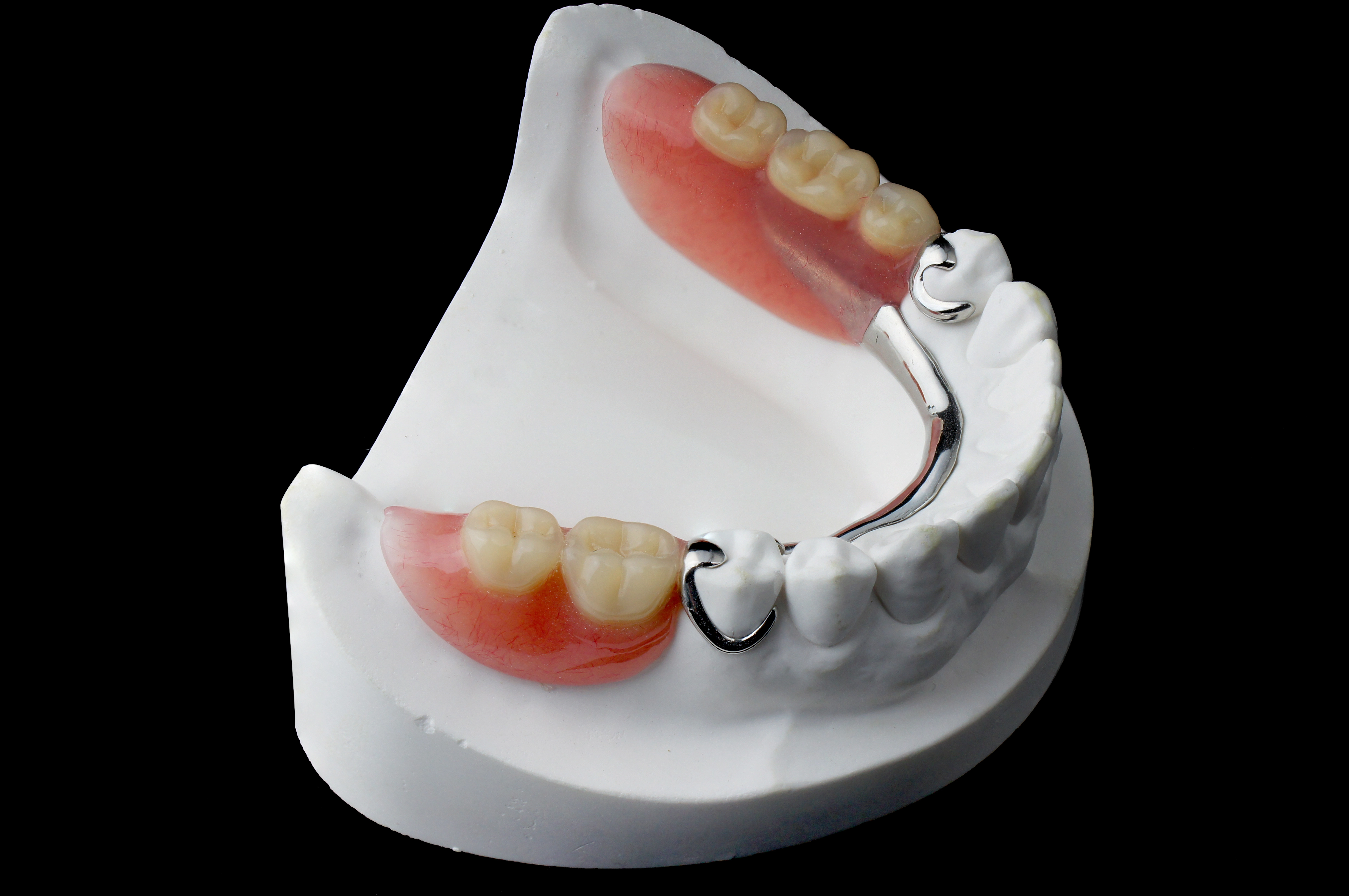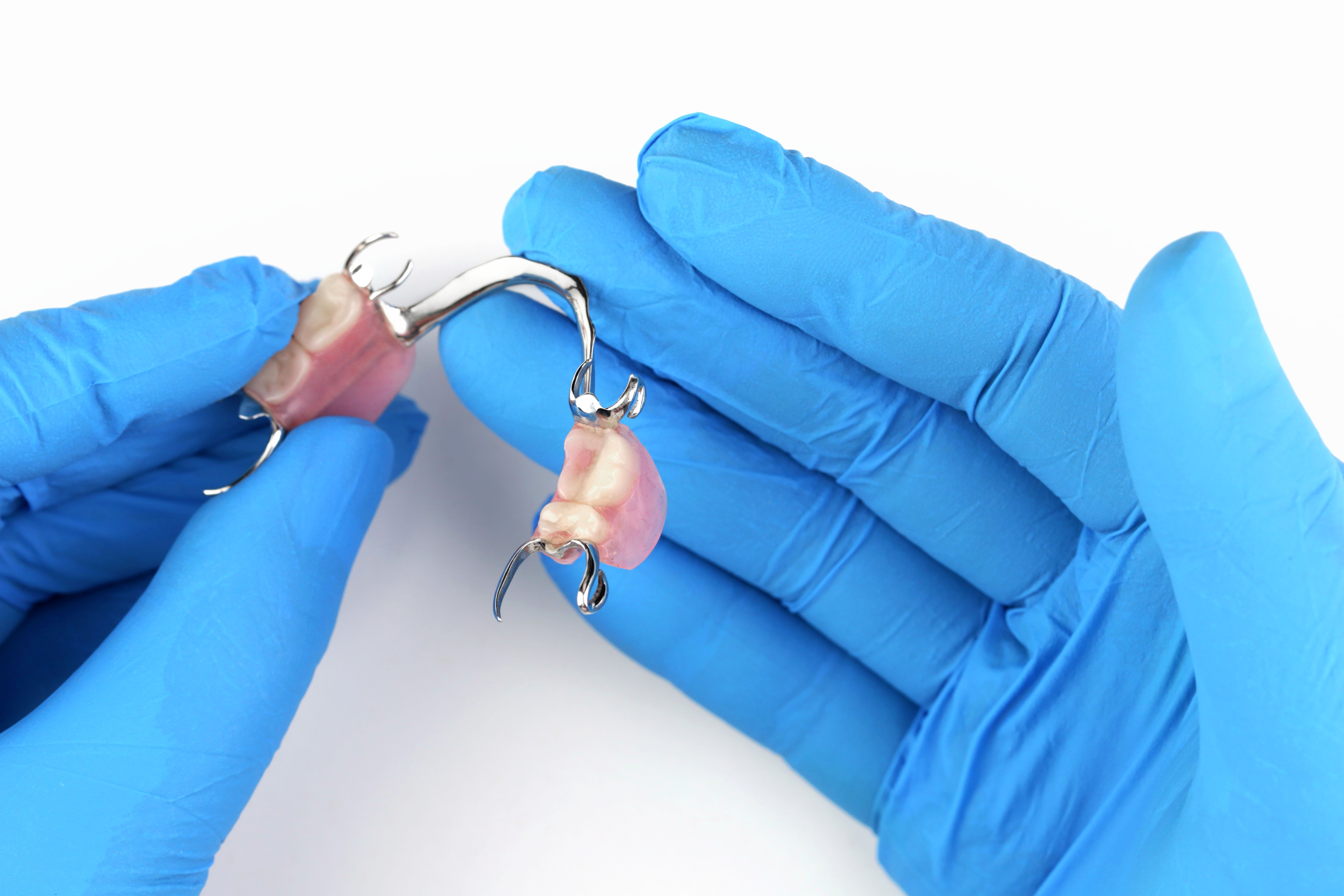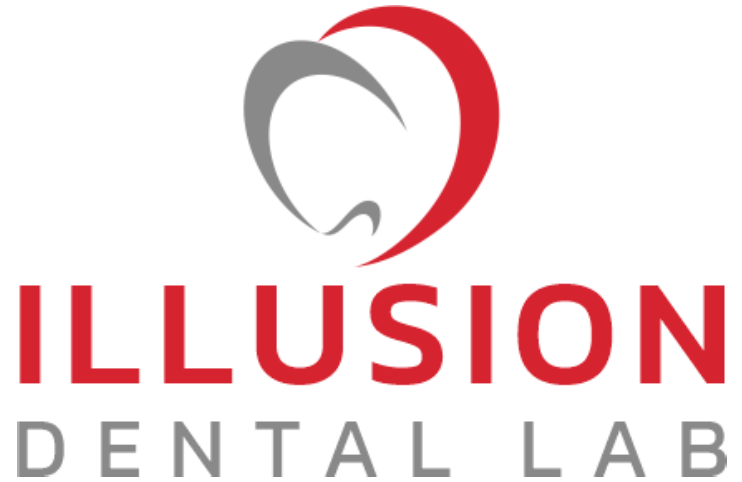Blog Details
Cast Partial Dentures: Features and Benefits

Cast Partial Dentures: Features and Benefits
A cast partial denture is a removable plate or frame that supports one or more artificial teeth and is used to fill in the gaps left by missing teeth in the mouth. It is made of a cast metal framework with artificial teeth made of acrylic resin attached to it. These dentures are mainly used when the remaining teeth are intact. They provide benefits for performance, appearance, and oral health. Cast partial dentures restore correct chewing and speaking while preventing neighbouring teeth from slipping by supporting and stabilizing remaining teeth.
They provide a stable and pleasant fit customized to each patient's oral structure and serve as an alternative for fixed bridges or dental implants.
Patients with partial tooth loss can improve their general dental health and self-confidence with cast partial dentures, which are affordable and dependable.
Why are Cast Partial Dentures recommended?
Cast Partial Dentures are recommended when the patient has lost some natural teeth while the remaining teeth are healthy and in good condition. They are suitable for cases when one or more adjacent teeth are missing due to decay, trauma etc. They can fill in the spaces and restore normal occlusion by spreading across the areas that are missing teeth. These dentures are good at uniformly dispersing the biting force across the remaining teeth; hence they are used for posterior regions. It prevents excessive pressure on individual teeth.
Patients with health issues, dental conditions or insufficient bone support who are not suitable candidates for implants or fixed dentures can go for cast partial dentures. These dentures are viable for patients with financial constraints as cast partial dentures provide good functionality and aesthetics.
Patients' dental health, aesthetic concerns, financial situation, and desired treatment objectives are some of the important factors in determining whether cast partial denture is the best option. A thorough and proper examination by a dentist is mandatory before opting for any dental treatment.
Reasons for recommending Cast Partial Dentures:
1. Partial tooth loss in patients
- Spaces or gaps between teeth due to tooth loss
- Multiple adjacent missing teeth
- Posterior region tooth loss
2. Natural teeth are present in healthy condition.
- Healthy teeth present to support the partial denture framework
- Remaining teeth able to provide support and stability to the denture
3. Alternative treatment solution
- Candidates not suitable for dental implants or fixed bridges
- Financial constraints, medical conditions, inadequate bone support
4. Need to restore function and esthetics
- Restores chewing and speaking abilities
- Improves occlusion and bite alignment
5. Stability and support requirements
- Even distribution of bite forces without pressure on one tooth.
- Can anchor on remaining teeth for the partial denture.
Factors for good functionality of Cast Partial Dentures:
-
1. Framework design:
The components of cast partial denture includemajor connectors, minor connectors, rests, clasps and artificial teeth. The framework design plays a vital role in the stability, retention, and overall success of the cast partial denture. The framework should be meticulously crafted to equally distribute occlusal forces, reduce strain on the remaining teeth, and offer the best support for functionality. The number of missing or lost teeth, position of teeth, condition of existing teeth and patient's occlusion play an essential role in designing the framework.
-
2. Retention and stability:
The cast partial denture's functioning and comfort depend on appropriate retention and stability.
Components such as wrought wire clasps, rest seats, and precision attachments, proper clasping procedures help achieve proper retention if crafted well. It ensures that the denture procures a proper grip and remains in place while biting or chewing.
-
3. Aesthetics:
The goal of the design should be to create a natural appearance that blends in with the patient's smile and matches the colour and shape of the patient's remaining natural teeth. Aesthetic depends upon careful material selection, such as using resin that is tooth-coloured for denture teeth.
-
4. Patient comfort:
The design of the cast partial denture should be comfortable for the patient as it involves connectors, clasps, etc. It should be so designed that it fits well and doesn't enforce any pressure. The insertion and removal should be easy and not cause discomfort to the tissues or gums. Moreover, the occlusal or the bite should be adequate and balanced. The dentist and the dental laboratory should collaborate well to achieve precise accuracy and functionality of the denture.
Advantages of cast partial denture
- The lightweight material used in the fabrication process results in less irritation and discomfort.
- They are simple for patients to remove out and clean, making it easy to maintain and practice good oral hygiene.
- They help preserve the remaining natural teeth by evenly distributing the chewing and biting forces.
- They improve the aesthetic concerns as the artificial teeth are customized to match the natural teeth for a better look and confident smile.
- Unlike implants and fixed prosthesis, they do not require invasive surgery or a complex procedure.
- Clarity of speech and eating habits may temporarily change when a person gets used to new dentures. To regain normal function, patients should be instructed and motivated to practice.
- To preserve optimum functionality and comfort over time, changes in oral anatomy or denture fit may call for adjustments or relining.
- They can create discomforts like soreness or pain initially. These issues can be fixed by regular follow-ups and dentist visits.
- Due to wear, alterations in the oral anatomy, or patient desire, cast partial dentures may need to be replaced on occasion.
- Bone loss can happen over time without tooth roots to stimulate the jawbone, which could affect the fit and stability of the cast partial denture.
Disadvantages of cast partial denture
Orthodontists and dentists must go over these benefits and drawbacks with their patients, taking into account their unique needs, oral health issues, and treatment objectives. Patients can make knowledgeable decisions about their oral health and tooth replacement options by receiving thorough information.






